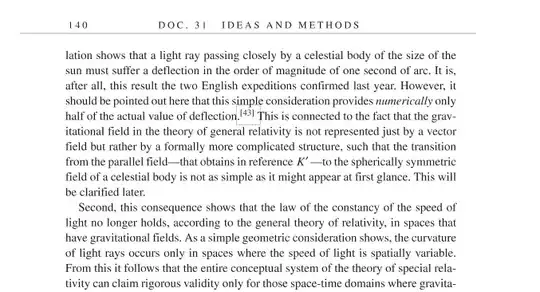The frequency is determined by the energy spacing between two configurations of the caesium atom. Caesium has a single electron in the outermost $6s$ orbital, and this electron can be aligned with or against the nuclear spin. These two configurations differ in energy by about 0.000038 eV, and transitions between them produce/absorb light with a frequency of 9,192,631,770 Hz. This is the frequency used to measure time.
The only way this frequency could change is if the energy spacing of the two configurations of the caesium atom changed. But these energies are dependent only on fundamental constants such as the electron charge, mass, coupling constant, etc., and these constants are, well, constant. That means the energy levels must be constant and hence the frequency of the light emitted must be constant as well.
It's not impossible that the fundamental constants actually aren't constant, but if they were changing the effects of the changes would be wide reaching and affect far more than just the caesium atom. We would certainly have noticed by now :-)
I'm not sure what experiments have been done to measure the constancy of the caesium energy levels, but note that international atomic time is derived from around 400 different atomic clocks in different parts of the world. If all the clocks were subject to the same change we wouldn't see it, but random changes in clocks would be immediately detected because the clocks would get out of sync.
